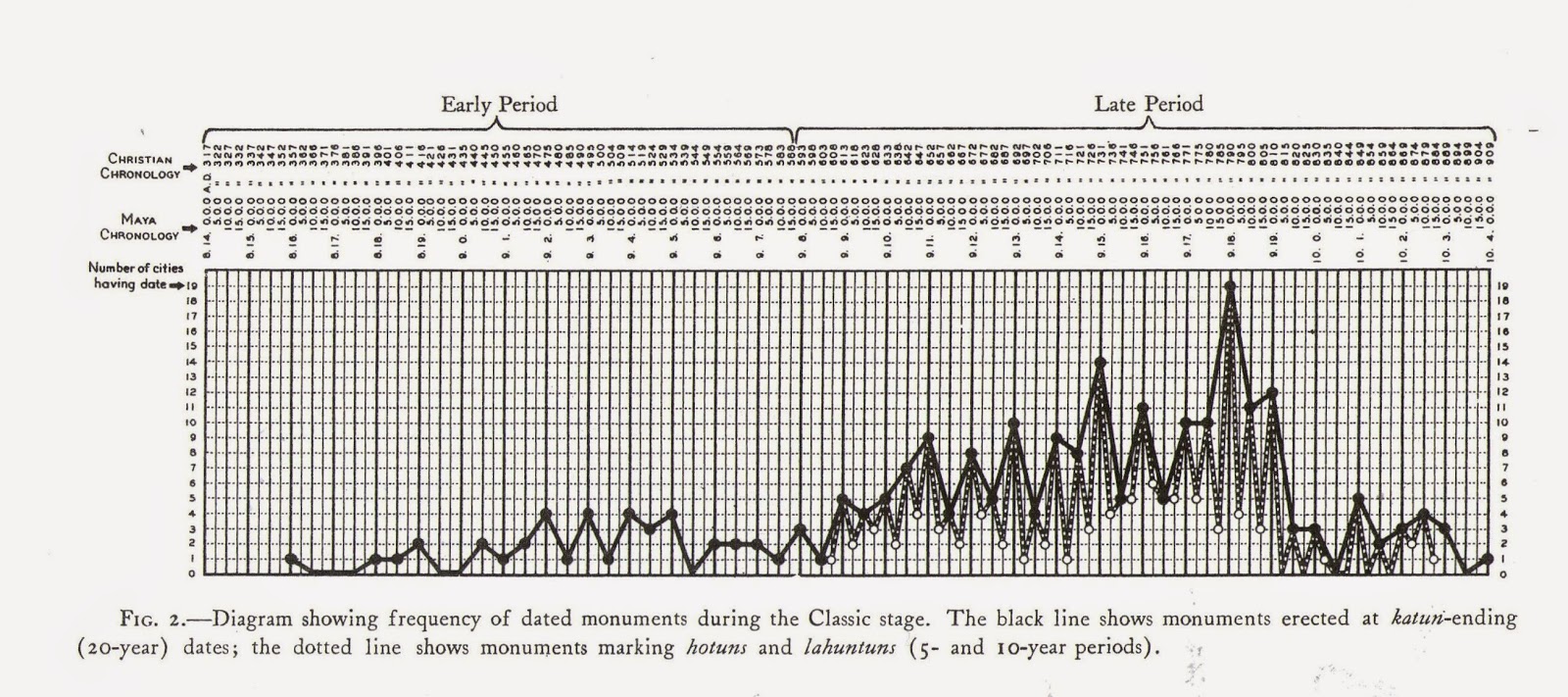Seneca’s pyramids: how fast did the Mayan civilization fall?
Once you give a name to a phenomenon, you can focus your attention on it and learn more and more about it. So, the “Seneca Cliff” idea turns out to be a fruitful one. It tells us that, in several cases, the cycle of exploitation of a natural resource follows a forward skewed curve, where decline is much faster than growth. This is consistent with what the Roman philosopher Lucius Annaeus Seneca wrote: “increases are of sluggish growth, but the way to ruin is rapid.” With some mathematical tricks, the result is the following curve:
This curve describes the behavior of several complex systems, including entire civilizations which experienced an abrupt collapse after a long period of relatively slow growth. In my first post on the seneca cliff, I already discussed the collapse of the Mayan Civilization (*)
…click on the above link to read the rest of the article…

